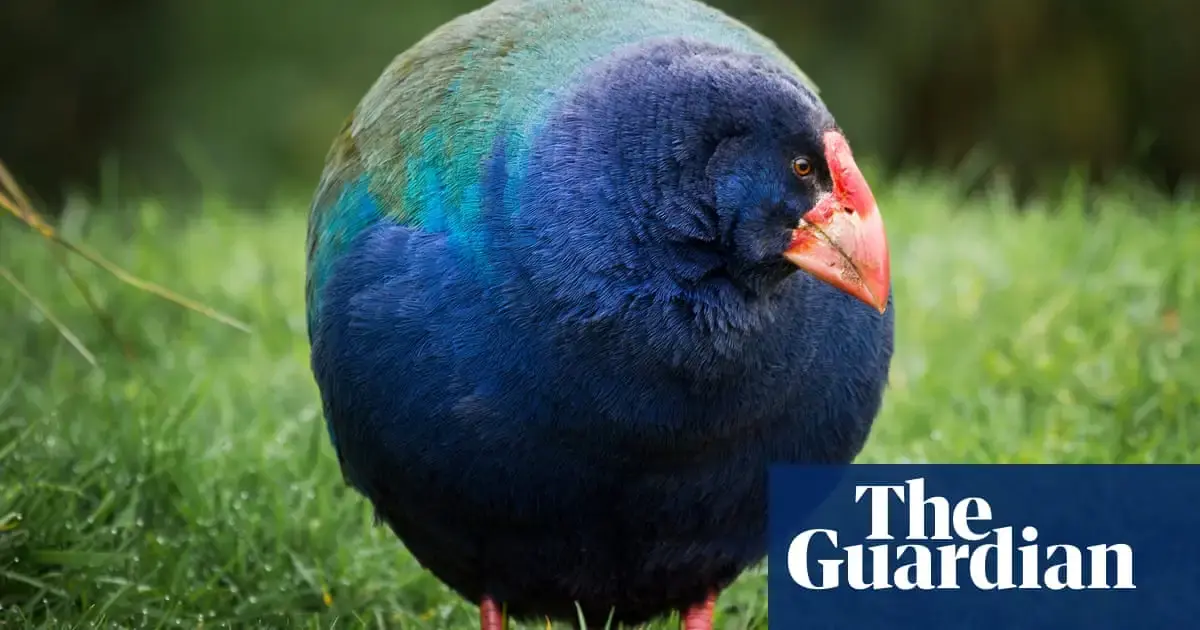In New Zealand, the return of wild takahē populations marks a cautiously celebrated conservation victory, and the return of one of the world’s rarest creatures. The birds had been formally declared extinct in 1898, their already-reduced population devastated by the arrival of European settlers’ animal companions: stoats, cats, ferrets and rats. After their rediscovery in 1948, their numbers are now at about 500, growing at about 8% a year.



1898 isn’t prehistoric. Or what do they mean by prehistoric here?
It means the species was around for a long time before they thought it went extinct.
As stated in the article:
Then pretty much every species is prehistoric right? Everything that hasn’t popped up in the last 5000 or so years.
When it comes to animals they’re not usually referring to only “before writing” prehistory but rather “before humans” or “from early humans and older” prehistory. It’s more of a colloquial use of the term referring to some of the oldest species of animals.
Though you’d be surprised at how many species have only evolved in the past 5000 years or so.